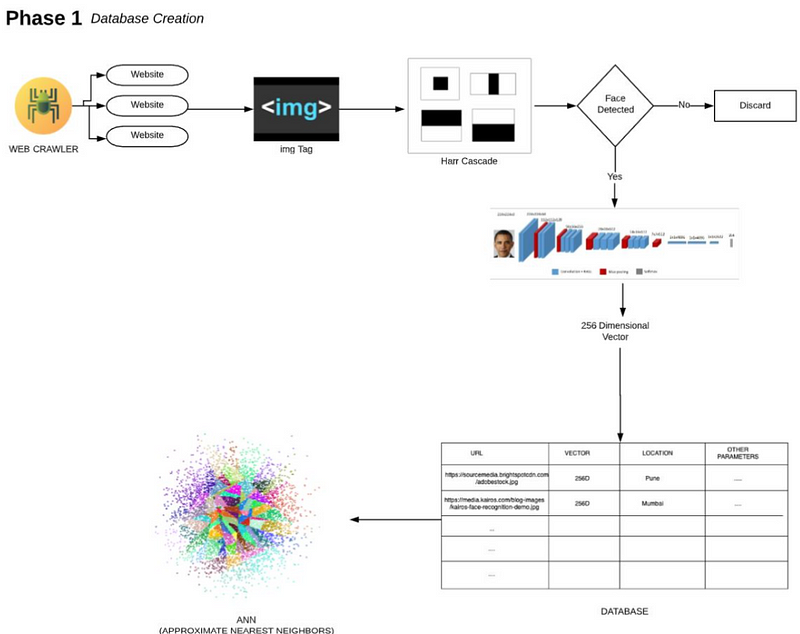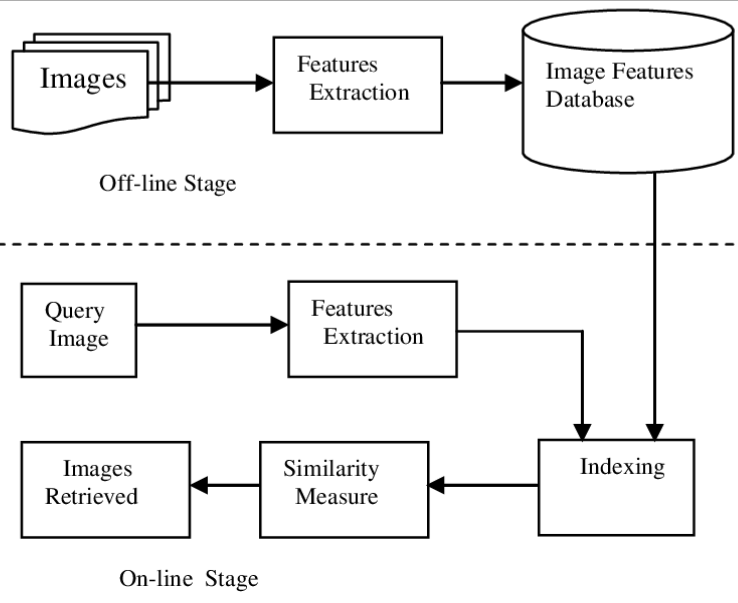Harnessing AI for Online Crime Detection and Prevention
Written on
Introduction to AI in Crime Detection
In an era dominated by technology, leveraging its capabilities to safeguard citizens and tackle increasing crime rates is crucial. This article investigates how advanced AI tools can aid in identifying criminals who leave a digital trail. By integrating facial recognition technology with web crawlers, we can transform crime investigations and bolster community safety. Envision a system that scans the vast internet landscape with minimal storage needs and incredible speed, capable of analyzing billions of images in mere seconds.
The Pursuit of Digital Justice
Criminals often conceal their identities or mingle with unsuspecting individuals on social media, leaving behind significant evidence. The rise of social media and vigilant web crawlers has resulted in a wealth of photographs available for scrutiny. Law enforcement can leverage cutting-edge facial recognition software to pinpoint these offenders, track their IP addresses, and gather essential insights into their actions.
Technological Innovations in Crime Fighting
This article will focus on the technological elements rather than engage in debates about facial recognition technology. The project comprises three primary components, each enhancing the process of capturing and retrieving criminal data.

Web Crawling: Our distributed web crawler embarks on a quest similar to Google's search bot, exploring various websites to gather relevant image data. This extensive collection serves as the foundation for our investigations, which may also include footage from city CCTV cameras.
Face Detection: To navigate through the vast array of images, we utilize a sophisticated Haar cascade model to filter out only those images containing human faces. This careful selection ensures that our attention remains focused on the relevant subjects.
Feature Embedding and Storage: A crucial aspect of this initiative lies in the efficient management of the massive image data sourced from the internet. Our innovative approach involves a database with tabular data that includes image URLs, feature embeddings derived from a Convolutional Neural Network (CNN), and associated tags. By storing only the processed vectors of images, we achieve a balance of efficiency and effectiveness, maintaining just a 256-dimensional feature vector for each image.
Uncovering the Data Treasure: Searching the Digital Realm
The internet is a vast ocean filled with trillions of images. Our project confronts this daunting task by implementing two main pipelines: database creation and face image search.
Database Construction: We carefully build a detailed database utilizing our web crawler. Each image's URL, along with its 256-dimensional feature embeddings and other relevant details, creates a wealth of information.
Face Image Search: The searching process occurs in two phases: feature extraction and searching. By applying the same CNN used during database creation, we extract the feature vector for the image in question. Utilizing Approximate Nearest Neighbors (ANNOY) clustering, our algorithm navigates through clusters to identify the nearest neighbors based on either Euclidean or Cosine distance, allowing us to set thresholds to locate 10 or even hundreds of similar images along with their complete data and perform reverse IP lookups to ascertain their upload locations.

High-Level Design Considerations
As with any ambitious project, various challenges must be addressed. The effectiveness of the database creation phase relies on factors such as the quality of the dataset, accessibility of web pages, and the precision of facial recognition models. Similarly, the efficiency of the search phase depends on the chosen clustering algorithm and the accuracy of the facial recognition model. Nevertheless, the potential of our project to identify individuals with an online footprint is unmatched, presenting a robust and scalable solution for surveillance in an age characterized by vast internet data. In this contemporary landscape, AI stands as a powerful ally in the battle against crime.
Special Note: If you found this information insightful and wish to learn more about how Cloudwerx can elevate your business, feel free to reach out to us at www.cloudwerx.co or [email protected].
Chapter 1: Introduction to AI in Crime Detection
In this chapter, we explore the significance of AI in identifying and preventing crime in the digital age.
Section 1.1: The Role of Technology
Technology's role in crime detection is more critical than ever.
Description: This comprehensive course from Simplilearn introduces the fundamentals of cybersecurity, essential for understanding online crime prevention.
Section 1.2: The Underbelly of the Internet
Examining the hidden aspects of the internet and how they relate to crime.
Description: This video explores the dark web, revealing its secrets and connections to criminal activities.
Chapter 2: Technological Innovations in Crime Fighting
This chapter delves deeper into the technological frameworks that enhance crime detection capabilities.